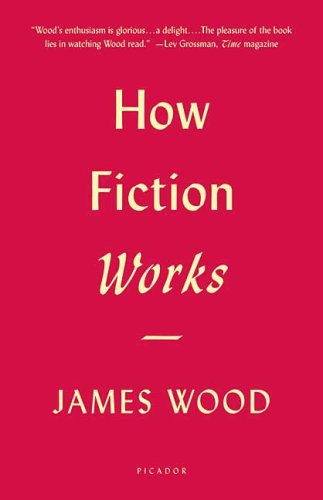Sunday, December 27, 2009
How Fiction Works by James Wood
In How Fiction Works, James Wood, a staff writer for The New Yorker and a visiting professor in English and American literature at Harvard, returns to an old-school brand of literary criticism and puts the deconstructed novel back together. Like E.M. Forster's Aspects of the Novel, which Wood cites readily, How Fiction Works is an old-fashion primer on literature, a throw-back to a time before the narrative arc of fiction became a mad scientist's laboratory.
That's not to say that Wood's view of literature is limited to the 19th century. He seems to have the entire Western canon at his fingertips, writing about David Foster Wallace and Ian McKeown as fluently as he does the Iliad.
But Wood's major point does center on the 19th century idea of realism. He argues that the test of good fiction is its ability to faithfully represent the interaction of the human mind with the real world. As far as Wood seems to understand them, that mind and world are both fixed absolutes, as are Rules of Literature. His ideas are so quaint that you can almost believe the print date reads 1949 instead of 2009.
As I said, Wood includes an extraordinary breadth of material, from Saramago to Spark, Rulfo to Roth. I love any book that leaves me with a reading list three pages long, as this one did. And I enjoy Wood's unique critical style: he pauses to appreciate the books he is about to critique, as if saying grace before a meal, and blends his analyses with personal asides to remind us why literature matters at all. Politics of academia aside, this is a book you'll love to read, if you love to read.
Wood, James. How Fiction Works. New York: Picador, 2008. 248 pp.
Subscribe to:
Post Comments (Atom)



No comments:
Post a Comment